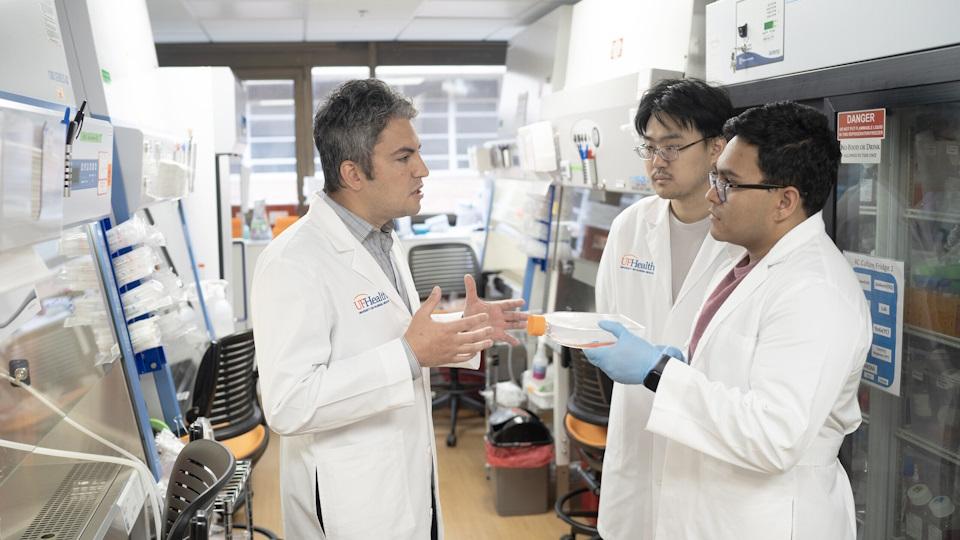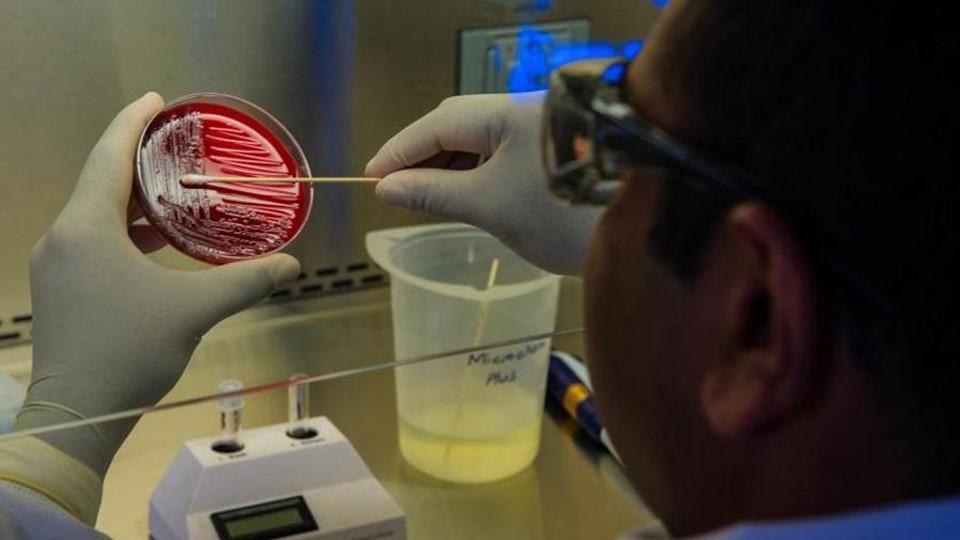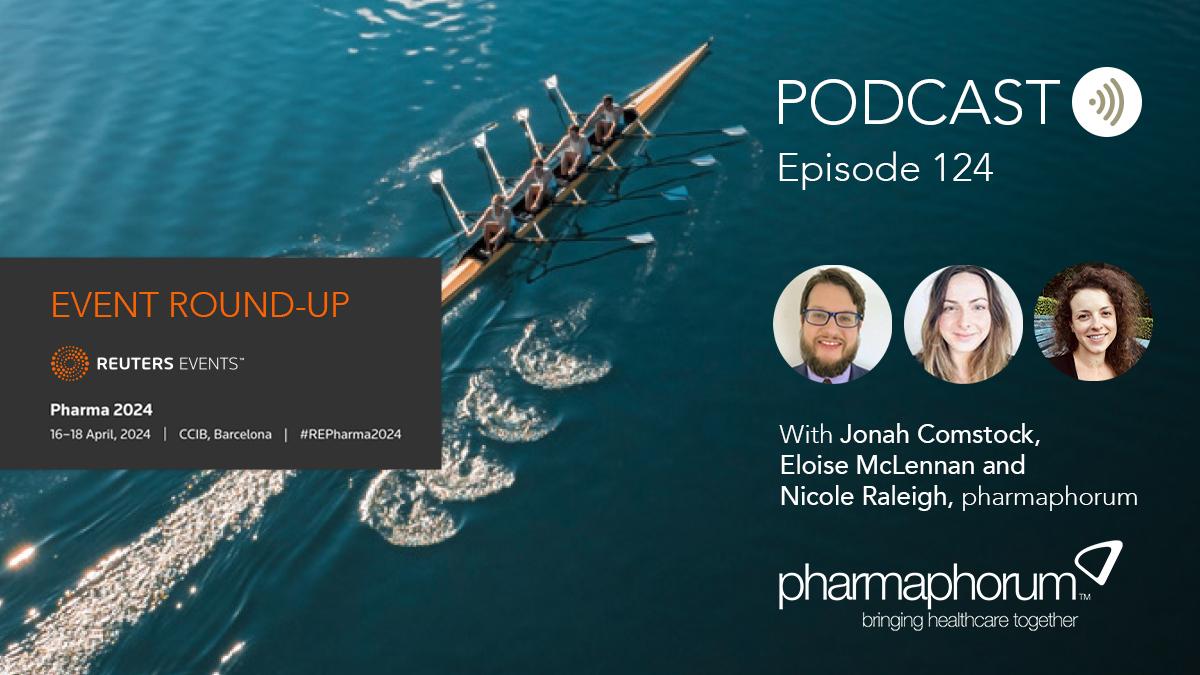RNA glioblastoma vaccine shows promise in first human trial

Dr Elias Sayour, Chong Zhao and Arnav Barpujari discuss the mRNA cancer vaccine developed at the University of Florida
A personalised vaccine for the aggressive and fatal brain cancer glioblastoma has shown encouraging signs of efficacy in its first human trial.
The vaccine – developed by researchers at the University of Florida (UF) in the US – is based on mRNA taken from the patient’s tumour that is delivered in a lipid nanoparticle (LNP) casing that enhances their ability to stimulate the immune system.
The design aims to overcome a key limitation of regular mRNA vaccines; namely, that the immune system becomes tolerant to the antigens expressed by tumour cells thanks to immunosuppression in the tumour microenvironment (TME).
The team’s RNA-LNP approach – described in the journal Cell – works by reprogramming the TME using a sample of the tumour itself, so it can work both as a vaccine to stimulate an immune response and as an immunomodulator to counteract the effects of the TME.
“Instead of us injecting single particles, we’re injecting clusters of particles that are wrapping around each other like onions, like a bag full of onions,” said senior author Dr Elias Sayour, a UF Health paediatric oncologist who pioneered the new vaccine.
“The reason we’ve done that in the context of cancer is these clusters alert the immune system in a much more profound way than single particles would.”
Glioblastoma was chosen as a target because it is an extremely aggressive cancer that typically kills patients within 15 months, and has very few treatment options. Chemotherapy, radiation, and surgery only work for around six months before the disease re-establishes itself.
Out of the four patients treated with the RNA-LNP vaccine to date, one had progression-free survival (PFS) of eight months, another had a PFS of nine months, and a third lived for a further nine months after the glioblastoma recurred, according to a ScienceAlert report. Data on the fourth patient is not yet available.
“In less than 48 hours, we could see these tumours shifting from what we refer to as ‘cold’ – immune cold, very few immune cells, very silenced immune response – to ‘hot,’ very active immune response,” he said.
“That was very surprising given how quick this happened, and what that told us is we were able to activate the early part of the immune system very rapidly against these cancers, and that’s critical to unlock the later effects of the immune response.”
While still very early, the results do reinforce findings from an earlier study in pet dogs, which found a median survival of 139 days, much longer than the 30 to 60 days that would typically be seen in dogs with glioblastoma.
The next step will be an expanded phase I trial to include up to 24 adult and paediatric patients to validate the findings and establish a suitable dose, according to the researchers. Thereafter, a phase 2 trial in 25 children is planned, according to Sayour.
Sayour and co-author Duane Mitchell, director of the UF Clinical and Translational Science Institute, hold patents related to the vaccine, which are under option to license by iOncologi, a spin-out from the university.












